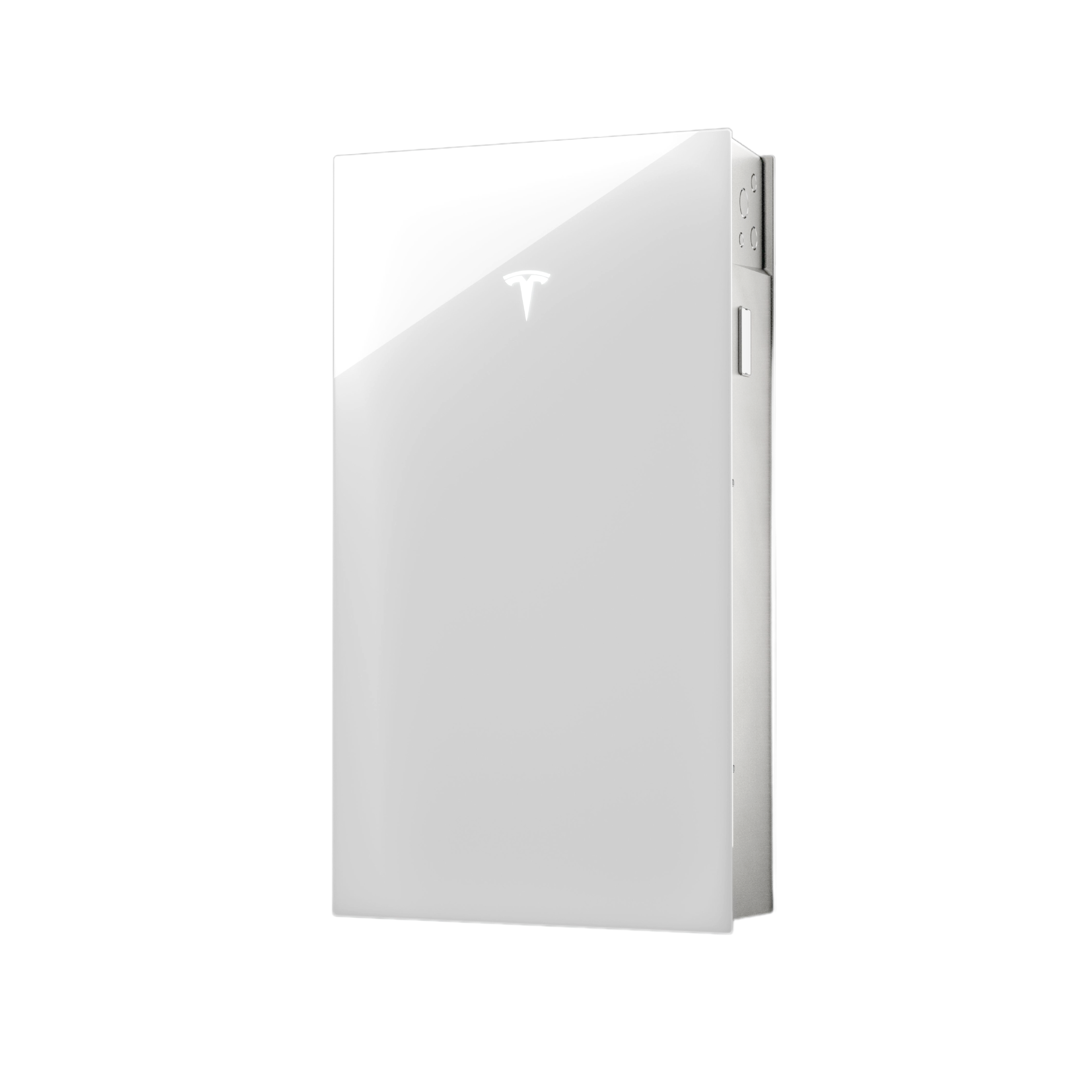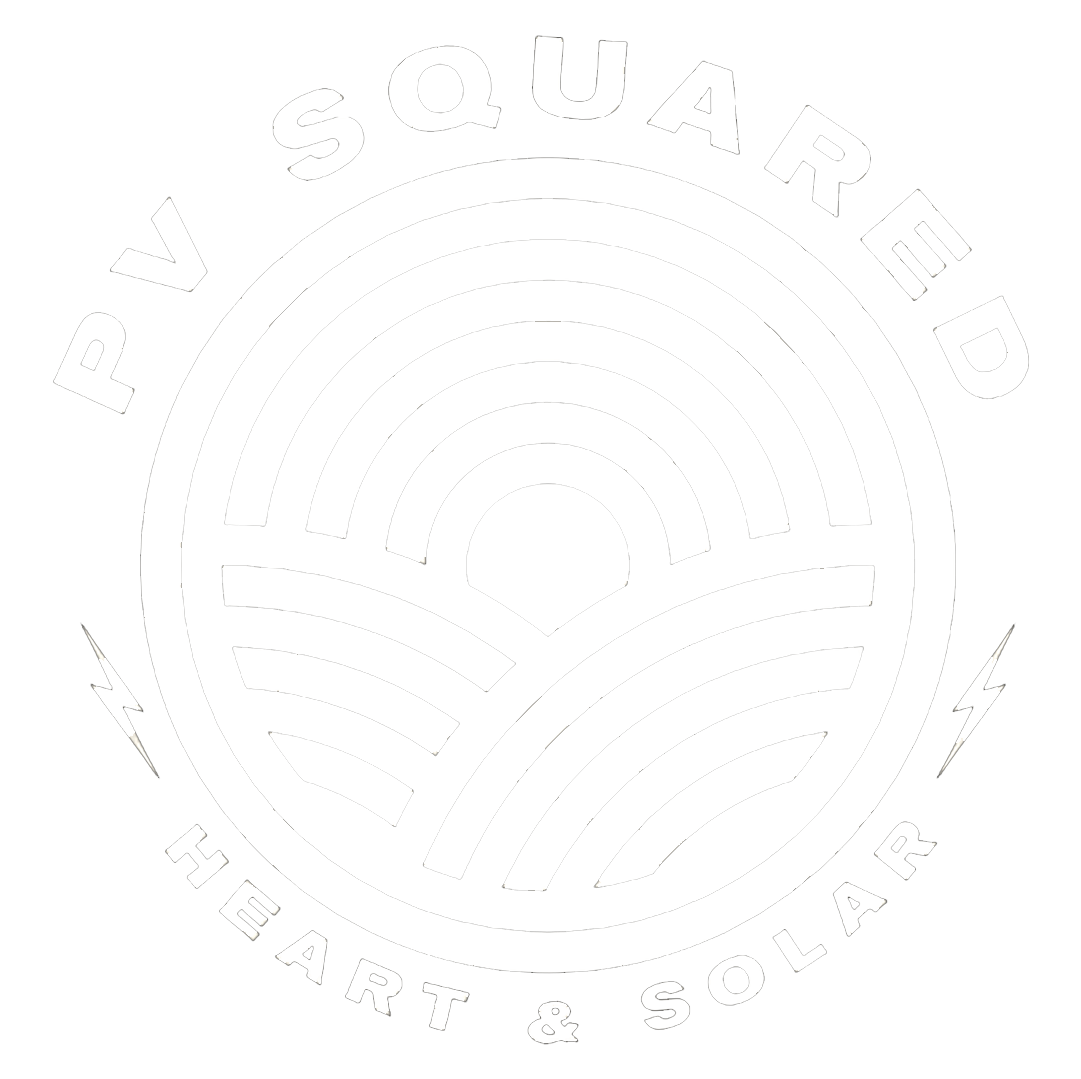Solar Energy & Battery Energy Storage System (BESS): The Perfect Union of Renewable Energy
If you’ve been feeling uncertain about your power recently, we’re with you! If you’re also having questions about the stability of the grid, it’s a great time to consider solar power and battery storage.
Investing in solar power for your home already allows you to take control of your energy needs and costs; adding a Battery Energy Storage System as well can offer you better resilience and predictability when facing the uncertainty of grid outages.
Climate, Weather, and Grid Dependency in New England & Beyond
In our beautiful rural Western Massachusetts, we’re no strangers to the occasional power outage. However, in recent years we have experienced an increase in major weather events that have left hundreds of thousands of homes without power, some for over 36 hours.
This is a concern that goes beyond the local sphere, is becoming more frequent, and is more likely to increase rather than abate in the coming years. Texans experienced a huge grid failure in 2021. And high winds in New Mexico caused widespread outages this year. Almost one-quarter of 2022 U.S. power outages occurred in California. This state also came in first for the most power outages overall in the last 20 years: 2,684.
“We want to get solar power onto the roofs of
homeowners that can benefit the most.”
PV Squared is locally owned and operated, so naturally, we have a vested interest in ensuring that our community has a resilient energy infrastructure that can withstand extreme weather events. Pairing a solar array with battery energy storage is a great way to keep your power on when the grid is out.
Let’s explore further.
Local Expertise on your side: With 23+ years in solar energy expertise right here in the Valley, PV Squared Solar will help you get the most out of your Solar Array and BESS investments
Begin a commission-free consultation with one of our experts today
What Is a Battery Energy Storage System (BESS)?
Electrical energy can be stored in several ways, but the most accessible and common form is in the installation of batteries. Commonly referred to as BESS or “Battery Storage” or “Battery Backup” in the industry, these systems store electricity in a bank of lithium-ion batteries contained within a sleek cabinet. There are a few ways that battery storage can be used:
To keep your home powered when there’s a grid outage –What some installers don’t clearly explain is that even if you have solar power, you’ll still experience outages when the grid goes down. This is because grid tied solar systems are required to shut down when the grid is down as the electricity doesn’t have anywhere to go safely, without a battery system in place. With battery storage, though, you have an amount of protection from power outages. BESS sense when the grid is down and start supplying stored power immediately. With this set up, your home’s electric source becomes a closed loop and is truly self-powered. Unlike generators powered by fossil fuels, a battery energy storage system that is paired with solar requires no fuel or ongoing expense since it’s charged by the sun.
Solar plus battery storage is an incredible way for you to build toward energy independence. It puts you on the path to a zero-emissions home by reducing your overall reliance on fossil fuels and the power grid. And as adoption becomes more widespread, our communities will experience increased resiliency and energy independence.
What Battery Energy Storage Options Does PV Squared Solar Install?
Currently, we offer Tesla Powerwall 3 (TPW3) installations as an additional option for any new solar project, and as a potential add-on for many existing systems. For the price and technology, we believe that the TPW3 is the best battery system on the market right now.

This is the third generation Powerwall, and we want to share a few new developments that make it the strongest performing product on the market. They are:
The Powerwall 3’s ability to operate in a wider range of outdoor temperatures, makes it a versatile solution for our unique New England climate. This is one of the many improvements from Tesla’s prior models. This expanded temperature tolerance ensures reliable energy storage and usage for households and businesses right here in New England, without the batteries needing to be installed indoors.
Beyond this, the Tesla Powerwall 3 has double the output power (11.5kW), allowing it to back up your whole home – The older models had an output of (5kW) per Powerwall. The latest generation can output 60 amps at 240 volts per Powerwall. (They both have 13.5 kWh capacity.) This means that with the previous generation if you have an air conditioner that runs over 30 amps, you couldn’t run it. But with the Powerwall 3, you can! So, if you’re conscious of what you’re running in the event of an outage, one Powerwall 3 can back up your home.
It’s more affordable than ever!
In the TPW3, there’s one inverter and it’s integrated into the battery. In previous generations, there could be two or more separate inverters, which drove up the price. Now, a Tesla Powerwall 3 plus a solar system ends up being only slightly more expensive than it would be for just the solar alone.
Because we want to bring products that make financial and technological sense to our clients, we are only offering the Tesla Powerwall 3 for BESS at this time. There are a lot of companies making batteries right now, but many aren’t cost-effective or are new and technologically untested. Our experts are vigilant in their research and evaluations in this quickly-evolving battery market, and we will update our offerings if options come to market that are beneficial to our clients.
What makes Solar Energy & BESS a “Perfect Union” of Renewable Energy?
All of PV Squared Solar’s new systems are grid-tied, even those with battery storage. This means that every system we install is connected to the grid. Let’s explore the different levels of grid connectivity.
Utility-Tied and Utility-Fed Home – These homes don’t have solar, and they get their power through the grid from their respective utility company. They’re vulnerable in the event of a power outage because if the grid sustains damage or goes through planned shutoffs to prevent damage, they’ll lose power. They’re at the mercy of the utility company, or the weather event that led to the outage, to get back up and running again.
Utility-Tied Home with a Solar Installation – These homes have solar on their roofs. During the day, they’re producing power when the sunlight hits the panels. At night, they’re not producing power, and when the grid goes down, they shut-off by design. Since electricity has nowhere to go without a battery in place, it has the potential to go where it’s not welcome, and cause significant safety risks to property, residents, and utility personnel who may be working hard to restore power to the home.
Utility-Tied Home with a Solar Array and Battery Storage System – These homes have solar on their roofs and battery storage at the home. During the day, they produce power to consume and any excess energy charges their batteries or is exported to the grid. At night, they can utilize stored energy from their batteries, as well as draw power from the grid as needed. If the grid goes down, they’re able to use battery power to energize their home and experience a nearly seamless transition rather than a blackout.
As local and global weather events become more uncertain, the resiliency of the grid will be impacted even more. Having a home solar system and battery storage is the way to ensure that you still have power even when the grid is out.
Is Battery Storage Worth the Price?
With the current financial incentives available, including utility rebates, Federal tax credits, and State rebates, the Net Cost of installing battery storage with a solar array is now comparable to installing the solar array on its own.
Is Battery Storage Right for You?
This is the ultimate question for us at PV Squared, and the one we are most looking forward to helping you answer. Our goal is always to first understand your needs and goals, and then work with you to develop the best system that meets those goals within the confines of your specific site and situation.
Solar has never been one-size-fits-all, and that is even more true when it comes to pairing a battery system with your solar array. We look forward to answering your questions in a low-pressure and thoughtful design process, to help you make the best decision for your home, your family, and your energy future.
